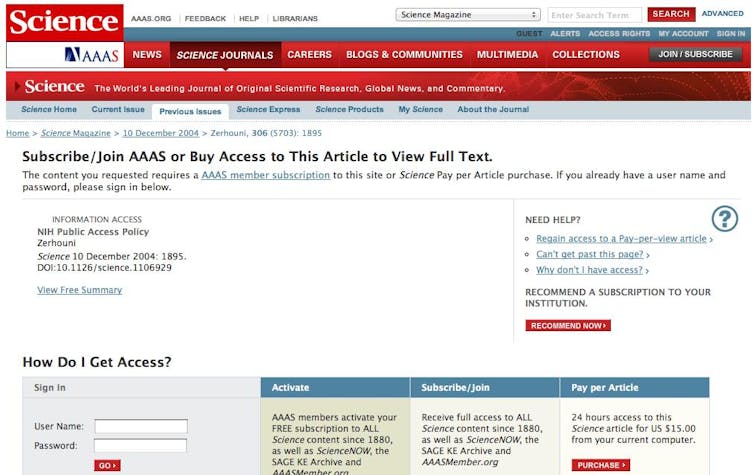Chief Scientist's open-access research plan isn't risk-free
The idea is publicly funded Australian research should be free for the public to read when published. But if it means taking money from universities struggling for research funding, that poses risks.



